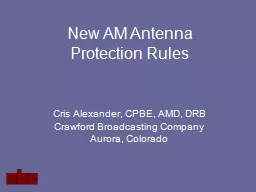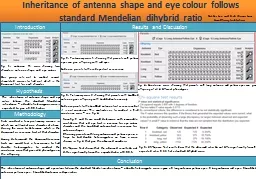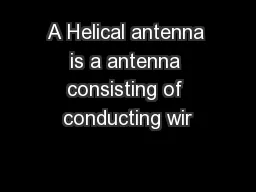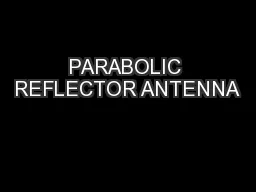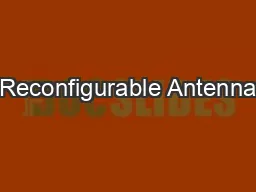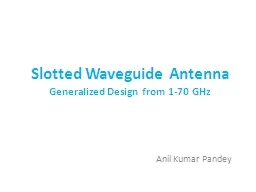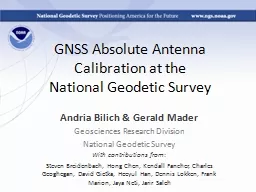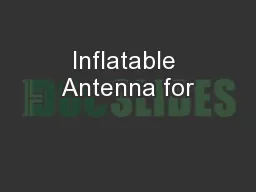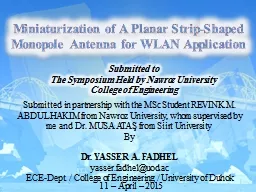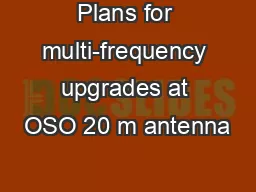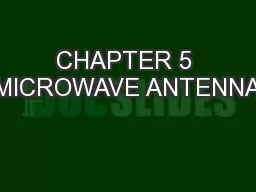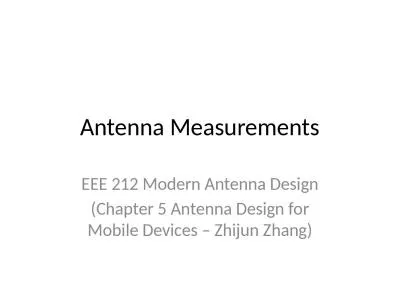PPT-Antenna Selection and Design
Author : faustina-dinatale | Published Date : 2016-03-02
Whats Important Joe Reisert W1JR April 12 2015 First licensed in 1951 as WN2HQL and has been a serious DXer since 1954 Formally W2HQL WA6TGY W6FZJ and W1JAA Top
Presentation Embed Code
Download Presentation
Download Presentation The PPT/PDF document "Antenna Selection and Design" is the property of its rightful owner. Permission is granted to download and print the materials on this website for personal, non-commercial use only, and to display it on your personal computer provided you do not modify the materials and that you retain all copyright notices contained in the materials. By downloading content from our website, you accept the terms of this agreement.
Antenna Selection and Design: Transcript
Download Rules Of Document
"Antenna Selection and Design"The content belongs to its owner. You may download and print it for personal use, without modification, and keep all copyright notices. By downloading, you agree to these terms.
Related Documents


